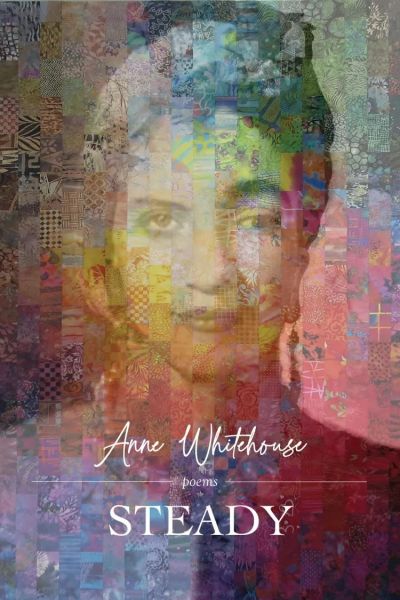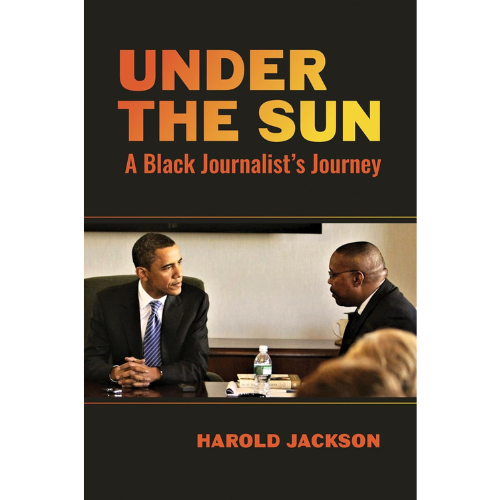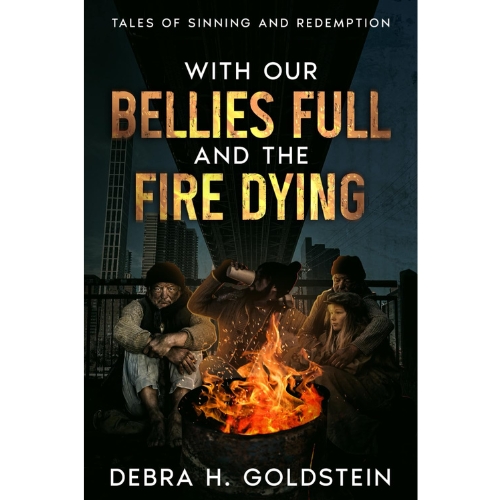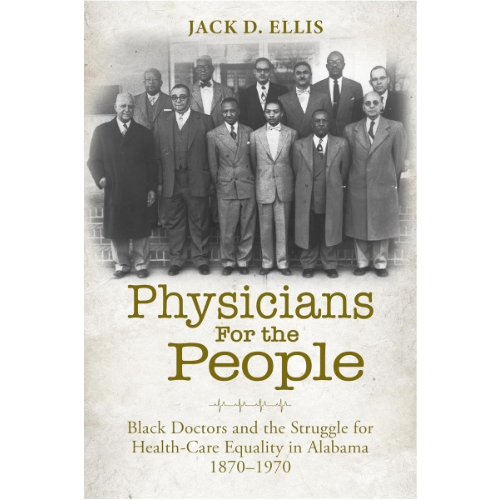By Anne Whitehouse
Dos Madres Press: 2023
Paper: $22
Reviewed by Nancy Owen Nelson

Anne Whitehouse’s collection Steady is difficult to pigeonhole, given the variety of content in the volume. While the poems are largely narrative in method, Whitehouse taps into the lives and minds of historical figures such as Dante (“Dante’s Tombs”) and more recent 20th-century figures such as the poets Auden (“Auden’s Bookcase”) and Mark Strand (“At the Poet’s Last Reading”). However, the most compelling poems in the volume appear in Section III, “An Art Story.” In it, Whitehouse narrates the lives of several women artists: surrealist Leonora Carrington, photographer Lee Miller, artist Frida Kahlo, sculptor Ruth Asawa, and Asawa’s friend, photographer Imogene Cunningham. Using third-person narrative, Whitehouse details the lives of Carrington and Miller; however, Frida’s narrative is interspersed with her larger-than-life husband, Diego Rivera’s, interior voices powerfully illustrating the dramatic tensions between the two. For instance, Rivera ruminates that “I had to restrain myself from praising her/as much as I wanted./ It was obvious that she was an authentic artist.” Similarly, the “Being Ruth Asawa” poem is rendered in Asawa’s voice and allows the reader entry into her family’s painful incarceration in a detention camp for Japanese after the bombing of Pearl Harbor. Asawa found her art while imprisoned, and she tells us that other Japanese artists, so-called “enem[ies] of the people,” provided her vision and motivation to cultivate her own art in wire sculpture: “their concentration made a peaceful space/where something unexpected/and beautiful might happen./ Wire selected me,/not the other way around.”
While absorbing Whitehouse’s collection, I found myself reaching out for more information on a number of the people she embraces in the work, sometimes revisiting my knowledge base, as with Frida Kahlo, and sometimes discovering a new (for me) artistic force, such as Ruth Asawa. Likewise, I was delighted to be reintroduced in Whitehouse’s book to Buckminster Fuller, Ruth Asawa’s teacher and a driving force in architecture of the mid-20th century, and his creation of the geodesic dome.
This passage from Ursula LeGuin’s Staying Awake reminds me of Whitehouse’s Steady collection: “Reading is not ‘interactive’ with a set of rules or options, as games are: reading is actual collaboration with the writer’s mind. No wonder not everybody is up to it.” I was in collaboration with Whitehouse as I read the stories of these artists’ lives, revisiting and learning new information.
The title poem “Steady” and the following poem “Here and There” close the volume with reminders that we readers do indeed collaborate with the poet as we learn to “Be ready to flee or stay,/ Change happens to us all,” and “There is always an elsewhere./Here is not all there is.”
Nancy Owen Nelson’s poems have been published in the South Dakota Review, Graffiti Rag, What Wildness Is This: Women Write About the Southwest, The MacGuffin, This/That Lit (online), and Oberon. Publications also include her memoirs, Searching for Nannie B (2015) and Divine Aphasia: A Woman’s Search for Her Father (2021), her poetry chapbook, My Heart Wears No Colors (2018), and Portals: A Memoir in Verse (2019). Her poetry book, Five Points South: Poems from an Alabama Pilgrimage (2022), was selected as “2022 Book of the Year” by the Alabama Poetry Society. Nelson earned her master’s and PhD degrees in English at Auburn University.





